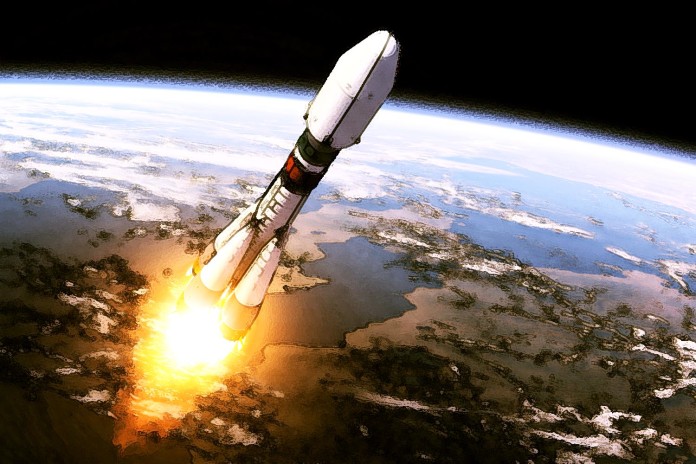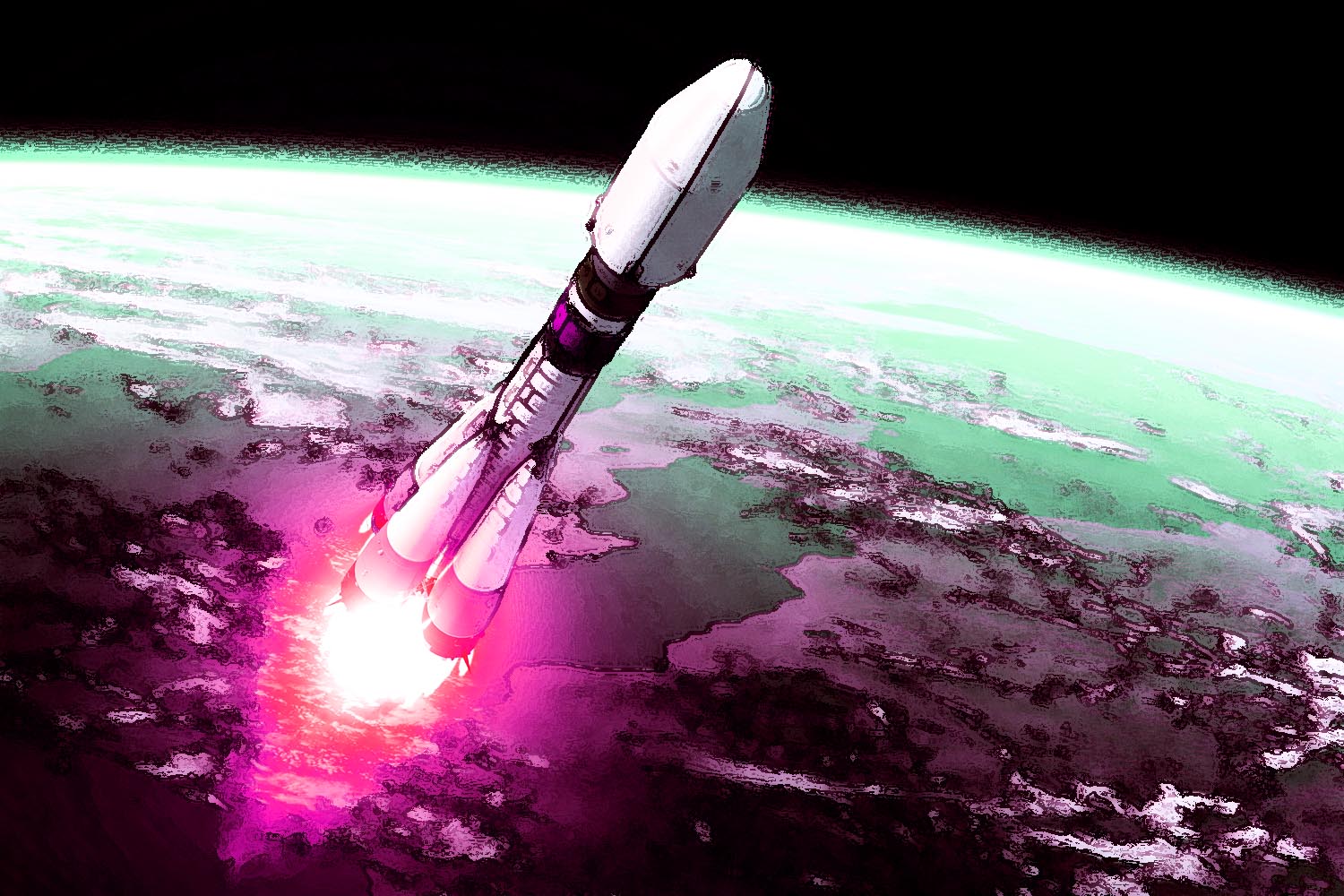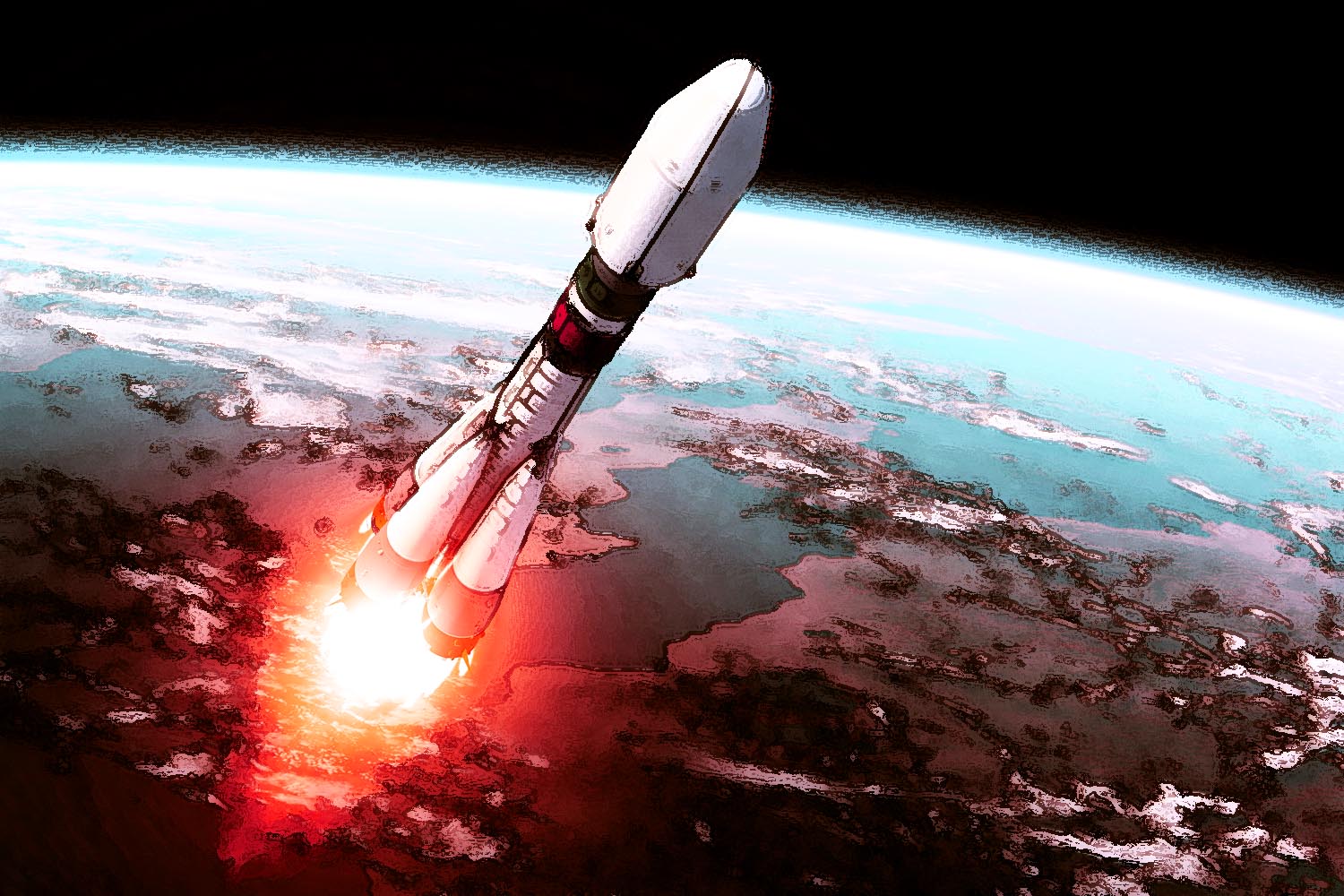
There is a chance that NASA will be able to send astronauts from US soil by 2017, contrary to popular belief. The Obama administration has granted the agency with $1.24 billion for their Commercial Crew Program to build private rockets.

NASA Has An Extra $1.3 on Its Hands
Compared to the previous fiscal year, NASA has some pocket money to pursue their private rocket-building initiative, which is looking to replace space shuttles. Their new budget will finally allow for them to be able to send astronauts to ISS within the next two years.
This isn’t exactly NASA’s ideal plan. They actually want to get out of ISS as soon as possible in order to explore new ground, but that won’t happen anytime soon. Meanwhile, NASA is joining hands with SpaceX and Boeing to make space taxis and privatize space travel.
Right Now, Any Trip to the ISS From the US Costs Taxpayers $70 Million
You read that right. American taxpayers have to pay Russia $70 million every single time the US needs to take a Soyuz rocket to the orbiting lab. Russia will actually benefit from this budget increase as it can focus on doing other things like breaking new ground in the new space race, while America can use its taxpayer money for other things to benefit the public.
There’s currently a lot of tension between Moscow and Congress. If Boeing, SpaceX, and NASA do privatize space travel, it’ll be a relief.
In Any Case, NASA Got What it Asked For
With the new budget, NASA will be able to please all American political interests. They will be able to develop a deep space rocket to explore Mars in the next twenty years, and they can get more people at ISS within two.
Before the compromise spending deal reached Wednesday, the GOP-controlled Congress seemed willing to go only as high as $1 billion. Republican lawmakers were concerned — despite NASA’s denials — that money to replace the space shuttle was coming at the expense of their top priority: a deep-space rocket and capsule to take astronauts to Mars within two decades.

The New Budget Also Includes Other Fun Ventures
With the new dollar amount, NASA gets $2 billion for the Space Launch System, a deep space rocket project for future crewed NASA missions. It also gives NASA $1.27 billion for the Orion spacecraft, which is carried by the SLS. $5.6 billion are also available for science missions to explore and study space and the Earth.
The bill that specifies the expenses has one odd clause. NASA is banned from cooperating with China on space technology or missions. Why exactly this is the case isn’t very clear, but it’s a fascinating topic to explore. A collaboration with China could change everything relating to space exploration. Why exactly can’t they collaborate?
China and NASA Are Banned From Working Together
There’s probably a lot of red tape around this. China has solid footing when it comes to space exploration, but they don’t have as much reach. They have a much more concrete dominion over terrestrial technology. All of the best stems from there, and if it doesn’t, they probably have the best interpretation of a patent. That’s why everyone in China who needs a smartphone has one. They make things affordable, easy to mass produce and convenient.
Putting those hands together with NASA’s ambition could get us to Mars in the next 10 years, not 20. The Martian is fictional proof of it; a collaboration with China could make a wealth of things possible, and soon. In fact, if NASA collaborated with all space agencies in the globe, we could get to Mars in 5 years. Will this happen? Most likely no.
Read: The Soyuz Rocket lost Kanopus ST in Space
Read: NASA Pays SpaceX to Compete with Russian Soyuz
Edited: American taxpayers pay $70 million to Russia for every launch of a Soyuz Rocket. The SLS carries the Orion spacecraft to orbit.

















